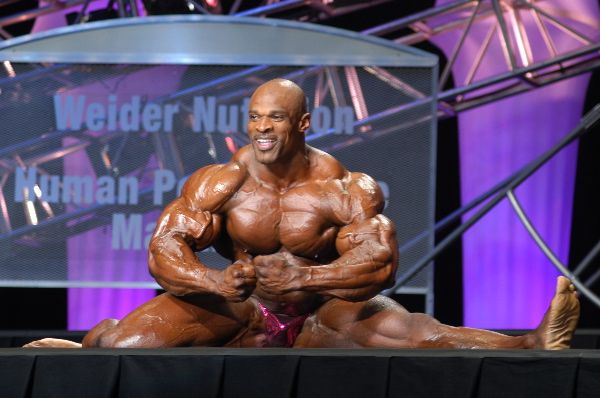xagunos
Level 6 Valued Member
This is completely an opinion and subject to change but I am under the impression that a strong upper body is more important in general life activities than a strong lower body.
How many people cannot lift awkward furniture or possibly fend for their lives in a grappling situation due to having weak legs? In fact, most people are limited by their grip or back strength rather than lower bodies.
Obviously when it comes to power and explosion development, nothing is better than heavy squats and pulls since force production begins from the ground up but when a certain baseline is established, that is rarely the weak link.
Agree? Disagree?
How many people cannot lift awkward furniture or possibly fend for their lives in a grappling situation due to having weak legs? In fact, most people are limited by their grip or back strength rather than lower bodies.
Obviously when it comes to power and explosion development, nothing is better than heavy squats and pulls since force production begins from the ground up but when a certain baseline is established, that is rarely the weak link.
Agree? Disagree?

